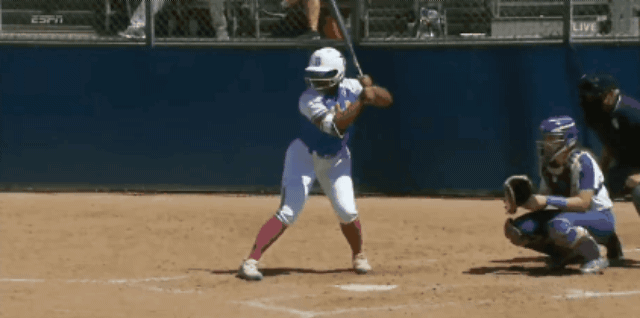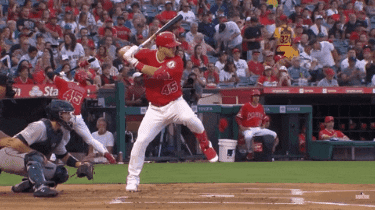
THE SCIENCE BEHIND
CUDIT® CONCENTRIC HITTING

Dr. Philip N. Lombardo, PT
PT, DPT, SCS, CSCS, PES, CES, NFHS, USATF and CUDIT Founder, Coach Lisa, discussing muscle movement phases of the swing through CUDIT Concentric Hitting

C.U.D.I.T.® Concentric Swing Muscle Movements with Dr. Lombardo
DR. LOMBARDO
During the development of the C.U.D.I.T.® Concentric Hitting Coach Program, Coach Lisa made it her mission to understand the science behind the swing by learning directly from the source. One of those experts was Dr. Lombardo, with whom she explored the intricate muscle movement phases that occur throughout the swing.


What Is Concentric Muscle Movement?
The concentric phase of muscle movement occurs when a muscle contracts and shortens to produce force and execute a specific motion. After the muscles are loaded during the eccentric phase (the lengthening stage), they return to their normal length through concentric contraction — generating explosive power behind the movement.
Both the eccentric (loading) and concentric (release) phases are essential for developing speed, strength, and power across nearly every sport.
Examples of Concentric Movement in Athletics:
-
Vertical Jump:
The concentric phase occurs during the upward lift of the jump — when the athlete explodes off the ground. -
Hitter’s Bottom Half:
The first concentric phase takes place during the weight shift and internal rotation, as the lower body drives force up the kinetic chain. -
Hitter’s Core:
The second concentric phase happens as the core and torso rotate, releasing stored energy from the lower half. -
Hitter’s Upper Extremity:
The third concentric phase occurs when the upper body — including the scaps, lats, and traps — fires through the swing path, delivering maximum bat speed and power.


What Is Eccentric Muscle Movement?
The eccentric phase of muscle movement occurs when a muscle lengthens under tension in response to a greater opposing force — for example, when loading the lower half before a swing. During this phase, the muscles absorb and store energy like a spring. This elastic energy can then be converted into explosive power during the concentric (release) phase.
Together, the eccentric and concentric phases create the Kinetic Chain that transfers force efficiently through the body — a key component of the swing sequence in elite hitters.
Examples of Eccentric Movement in Athletics:
-
Vertical Jump:
The eccentric phase is the downward squat that loads the legs before the athlete drives upward. -
Hitter’s Bottom Half:
The first eccentric phase occurs during the load of the backside and internal rotation, preparing the lower body to drive force forward. -
Hitter’s Core:
The second eccentric phase happens during the core tightening and separation (also known as the split, Step 2 in C.U.D.I.T.® Concentric Hitting). -
Hitter’s Top Half:
The third eccentric phase occurs as the upper body — including the scaps, lats, and traps — tightens in the launch position, storing potential energy for the swing.

Circuit Targeting Eccentric and Concentric Explosiveness in The Baseball or Softball Swing
LOAD TO
EXPLODE
Training Mechanically Sound Muscle Movements
One of the most critical components of developing a mechanically sound swing is learning to break the body down into three key segments.
The C.U.D.I.T.® Course focuses on these three segments to help hitters build an explosive yet efficient swing through proper sequencing and control.
In this video, Coach Lisa explains the crucial role of the core and upper extremity during the separation phase, demonstrating how a clean, connected stride sets the foundation for power and precision.



